Once labeled as a "madman" and a "failure", however, the contributions of painter Van Gogh to the world of art are undeniable.
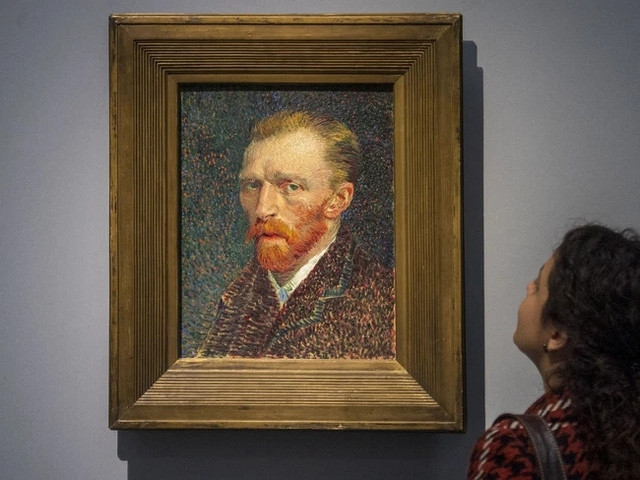
Although a genius artist, Van Gogh's artistic career was relatively short.
Van Gogh's life was full of mystery and suspense. While he was alive, he was called a "madman" and a "failure", but his art and his works were of great significance to the world. After his death, the true values of his paintings were recognized by critics. Our later generations always want to explore his unfortunate and lonely life. The artist who is mentioned is always the one who appears in the public imagination as a great misunderstood genius. His art shows the intersection of madness and creativity.
Van Gogh failed at many jobs before becoming a painter.
At the age of 16, Van Gogh became an apprentice at an art shop in The Hague. He then went on to work in the company's London and Paris offices before being fired in 1876. He briefly worked as a teacher in England and a bookseller in the Netherlands.
He once wanted to be a pastor.
After being fired from the Goupil & Cie gallery, Van Gogh returned to England and began to engage in serious spiritual practice.
He first became a professor at a boarding school for a short time, then entered the Methodist church as a clerk. Between 1877 and 1878 he studied theology in Amsterdam and Brussels, but failing his exams prevented him from becoming a preacher.
That failure made Van Gogh extremely depressed, but fortunately, because of this turning point, he decided to pursue painting for the rest of his life.
Van Gogh's artistic career was relatively short.
After unsuccessful attempts to become a pastor, Van Gogh devoted more of his time to painting.
In 1890, he went to Belgium to do art, his works during this time were mainly inspired by miners and farmers. In 1891, he returned to his homeland, the Netherlands, to devote himself to painting and art. During this time, he was a freelance artist. During his years of doing art, his younger brother - Theo Van Gogh was always the one who supported him in selling his paintings, helping Van Gogh financially and emotionally.
In 1886, Van Gogh followed his brother to Paris, where he was exposed to the works of Impressionists and Neo-Impressionists. He began to learn to use brighter palettes and brush techniques. In 1888, he spent the last two years of his life in the South of France in a mental asylum. It was here that he created the most famous paintings of his artistic career: Starry Night (1889), Irises (1889),...
So, Vincent van Gogh's artistic career lasted only about 10 short years.
Van Gogh sold only one painting during his lifetime.
Theo Van Gogh, Van Gogh's younger brother, sold La vigne rouge (The Red Vineyard) in 1890 for 400 francs (equivalent to 400 USD). It was also the only painting sold during the brothers' lifetime.
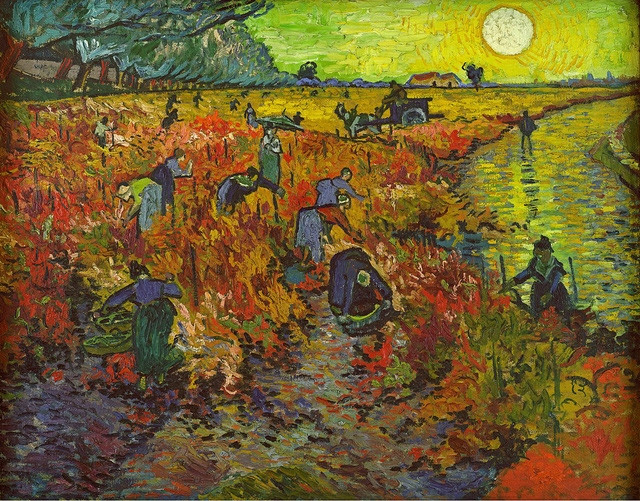
La Vigne rouge, painted by Van Gogh in 1888
A few years later, when both Van Gogh brothers died, Theo's widow (who also inherited all the paintings) and Père Tanguy (one of the first collectors and dealers of Impressionist paintings) began selling Van Gogh's paintings.
Edgar Degas was one of the first people to buy Van Gogh's paintings. And one of the most expensive paintings in history was Van Gogh's L'Autoportrait au visage glabre (1889), which sold for $71.5 million in 1998.
Van Gogh painted his most famous painting in a mental asylum.
In May 1889, Van Gogh was diagnosed with epilepsy and was committed to a mental asylum, where he spent the last year of his life. While there, he painted over 100 paintings inspired by what he saw and the countryside around him. Among those 100 paintings are some of his most famous works, such as “The Starry Night” which was acquired by the Museum of Modern Art in New York in 1941.
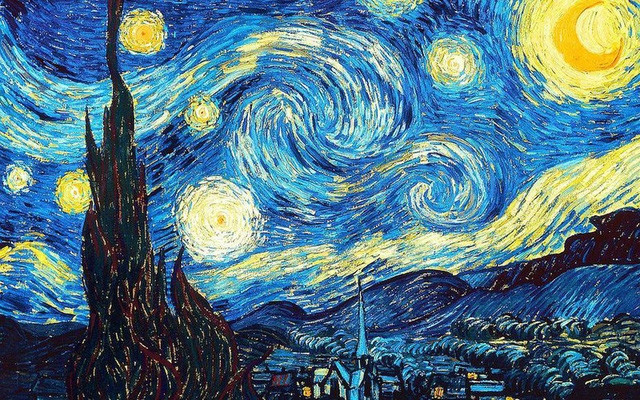
Van Gogh's most famous work - The Starry Night
And “Irises” – Bought by an Australian dealer in 1987 for a then record $53.9 million. Since 1990, the painting has been owned by the J. Paul Getty Museum, which bought it for an undisclosed sum.
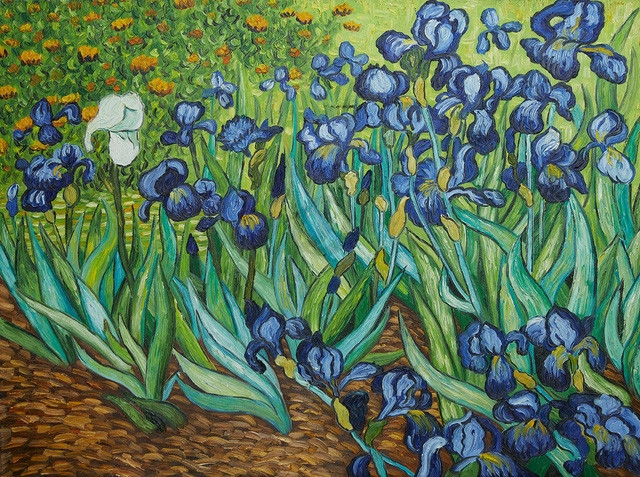
Irises (1889)
One of Van Gogh's last paintings depicts the field where he committed suicide.
On 27 July 1890, Van Gogh made his way to the wheat fields north of his residence at an inn in Auvers-Sur-Oise.
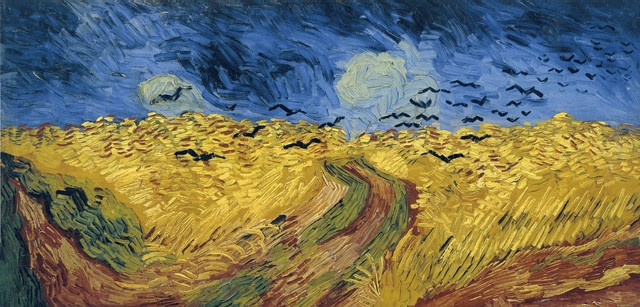
The painting Wheat Field with Crows Flying is Van Gogh's last painting.
He borrowed a pistol from the innkeeper, ostensibly to scare away crows while he was painting, but in reality he intended to kill himself. Coincidentally, one of Van Gogh’s last paintings was Wheatfield with Crows – an abstract work filled with black crows, paths leading to nowhere and ominous skies. He shot himself in the chest and tried to return to the inn in exhaustion. Van Gogh died 30 hours later.
Van Gogh's sister-in-law played an important role in his rise to fame.
In January 1891, six months after Van Gogh's death, his younger brother Theo died at the age of 34 in the Netherlands. Theo's widow, Jo van Gogh-Bonger, inherited a large collection of Vincent's paintings, drawings, and letters. She made it her mission to help promote Van Gogh's work, lending paintings to various exhibitions. In addition, in 1914, she published a collection of letters written by Van Gogh, in an attempt to tell his life story. That same year, Theo's remains were transferred from the Netherlands and interred in Auvers-sur-Oise, France, where Vincent is buried. And eventually founded the Van Gogh Museum, which opened in Amsterdam in 1973.
In the end, the light of justice belonged to Van Gogh. After his death, although late, his works and life became an eternal source of inspiration.
By Family